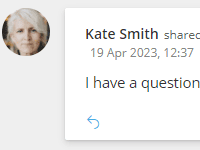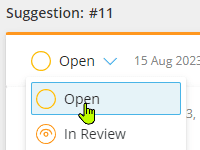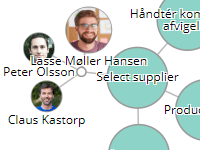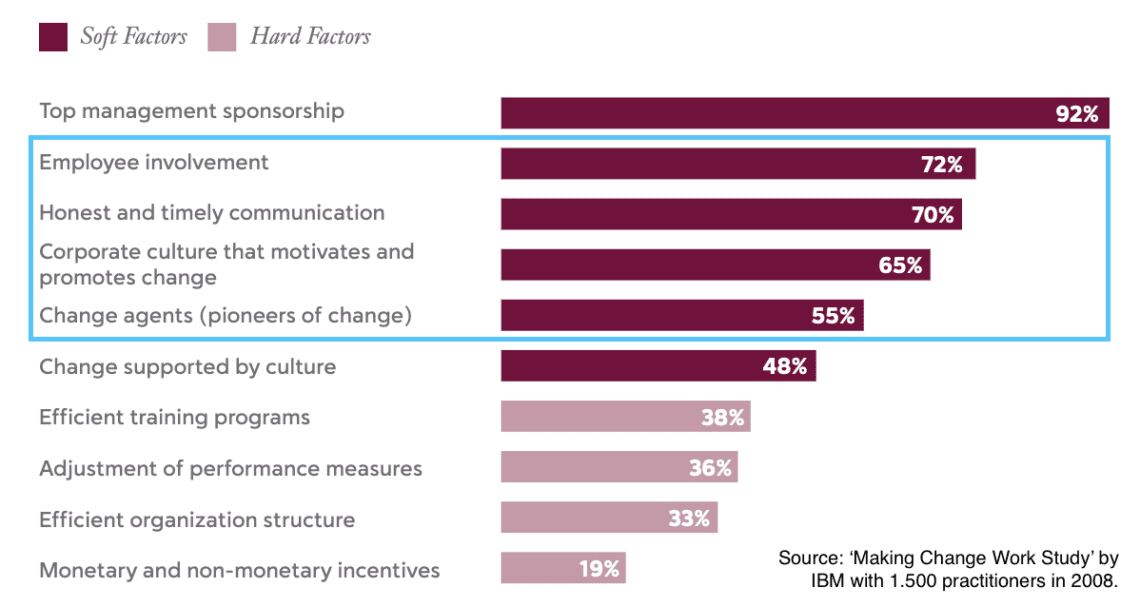
Why ERP implementations fail

Studies show that most ERP implementations fail. A consultancy analyzed more than 1,000 projects and found out why. In this article I will summarize and reflect on each reason and explore if a more business process centric with Gluu can lower failure risk.
I came across a video by Eric Kimberling, a specialist advisor on ERP implementations, he and his team have analyzed ERP failure reasons. I’ve reflected on the four most important ones below (where you will also find the video where Eric summarizes these failures). It seems that all reasons are perfectly avoidable with proper planning, preparation and a business-process centric approach.
Looking for something else? Explore these related articles:
Reason #1: Unrealistic expectations
The first reason is that management simply too often has unrealistic expectations. They start out underestimating the difficulty of getting to business value.
Later in the project when management finally realizes that the effort will take longer than planned, then important deliverables are cut and reduced, e.g. intangible work like testing and change management is reduced. While this may result in the official go-live deadline being met, it merely pushes problems into the deployment phase, where cost and impact may completely offset the initial savings. Like pissing your pants to stay warm, to put it bluntly.
Eric Kimberling’s advice to avoid this? Add lots of slack and buffer in both staffing and budgets.
Why using Gluu may lower this risk:
One reason why expectations are unrealistic is that management often doesn’t know how their company’s business processes work (if they are even documented and followed). Now combine this with a superficial understanding of what the new ERP system will do and you have a recipe for disaster.
To mitigate this risk, the ERP project leader needs to be able to clearly show how the as-is business process in the company is today. A process map reflecting how employees perform their work is necessary for this.
Once this business process understanding is in place, then you clearly need to show which specific activities will be supported by which parts of the ERP system. Ideally, you need to be able to go into the Standard Operating Procedures in each activity in a process and show exactly when and how the ERP system will be used.
Gluu turns each business process into a collaboration hub where business stakeholders and IT staff can meet around a discussion about exactly this. It also lets you…
- Show the project scope by indicating which business processes will receive support during each phase.
- Manage each process iteratively as work progresses so any scope changes are formally agreed and result in budget and planning adjustments.
Examples of Gluu features for implementing an ERP system

Process-specific activity feed
Track comments and replies within processes to preserve feedback context and avoid lost emails.

Change suggestion flow
Convert comments into change suggestions and manage approval before changes are implemented.
Reason #2: Not enough time and effort spent upfront
The excitement of the new system causes the next key reason for ERP implementation failure. The ERP software’s salespeople undergo training to enthuse management about all the new possibilities.
Eric Kimberling finds that the selecting software creates excitement and results in many companies jumping too quickly into implementation. This is further amplified by subscription-based license models where vendors only get paid once users get onboard, I may add.
His advice:
”Dedicate time to establish a blueprint for your business processes. You’re going to save exponentially more money later.”
Eric Kimberling

As part of this management need to define clear objectives. Are you looking for a better employee experience? More efficient operations? What are the objectives?
Why using Gluu may lower this risk:
As the company defines and agrees on its business processes and how the new ERP system will support each, then this risk is also addressed.
Gluu lets ERP Project Leaders…
- Create a process catalog and tag the processes that are in scope.
- Assign the right process owners to map out each business process.
- Turn each process into a hub for alignment between business users and the ERP implementation team.
Once you log down a process then it will be a blueprint for e.g. contract appendices and later for test cases.
Examples of features of how Gluu helps ERP Project Leaders

Visual process connection map
Visualize how processes and activities interconnect using filterable, clickable process maps.
Reason #3: Lack of executive vision and alignment
The study shows that executives often have no clear vision and alignment for the ERP implementation. This might be due to the common reason that…
“We have to migrate since our old system is not supported any longer“
With a clear understanding of what success looks like the project gets a tailwind supporting the implementation project.
👉 Recommendation: For organizations facing ERP implementation challenges due to a lack of executive vision, Gluu is the solution. With a clear process catalog and the ability to assign KPIs, Gluu ensures alignment by defining project success.
Why using Gluu may lower this risk:
With a clear process catalog that shows processes and governance all you need is to assign KPIs to each process.
Example:
| Today onboarding a new customer takes 15 work hours and 3 weeks on average. With our new ERP system we aim to reduce this to 5 work hours and just 3 days calendar time. |
Gluu even lets you run processes as cases to estimate Value Added Time and Elapsed time so you can create a baseline that you can later test against.
Reason #4: Poor organizational change management
This one is a classic that I wasn’t surprised to find in the research: Change management. Eric Kimberling also cites it as the number 1 reason for failure.
It is all about companies underinvesting in the people side of change: Getting buy-in, involvement, communications, and training.
A study by IBM with 1.500 change management practitioners reveals the following success factors for change:

‘Making Change Work’ by IBM
The IBM Global Making Change Work Study examines how organizations can manage change and identify strategies for improving project outcomes.

Why using Gluu may lower this risk:
Placing business stakeholders and their processes at the center of your implementation effort enables a number of the success factors for change as raised both by Eric Kimberling and by the IBM study:
“Involving stakeholders early”
Gluu places business stakeholders visually as the owners and editors of their own business processes.
“Communicating continuously, openly and honestly”
It also enables and empowers owners and editors to involve more stakeholders and communicate in a single place across time and space. Also higher information transparency creates openness and trust in the team. Anyone can use the comment feature to raise concerns about issues that need addressing.
“Allowing for feedback”
If you have to rely on physical workshops, then only a limited number of stakeholders and users can be involved. By moving communications into an online space you can involve selected end users early. This means representatives of the employees that will eventually make or break the new ERP system. Getting feedback early lets you address problems before they grow big – and invites end users in as ‘co-creators’ and making them part of your project.
“Activating change agents”
Involving the right stakeholders as process owners, editors or testers early means that you have people that can – and most likely will – act as change agents during go live. Why? Because they feel involved in the project as they have received information and had a say.
Conclusions
In summary, various challenges hinder ERP success. Gluu provides a solution, offering a clear process catalog, aligning stakeholders, and facilitating transparent communication. The platform’s features, like process mapping and collaborative hubs, address key implementation challenges, making Gluu a strategic choice for success.
Frequently Asked Questions
ERP implementations struggle due to unrealistic expectations, inadequate upfront planning, and a lack of executive vision. Rushing into implementation compounds these challenges. Poor organizational change management further contributes to common failures.
ERP implementations encounter challenges with unrealistic expectations because management frequently underestimates the difficulty of achieving business value. Consequently, this can lead to cutting crucial deliverables such as testing and change management, causing issues in the deployment phase.
Rushing into ERP implementation, driven by the excitement of a new system, often results in insufficient upfront planning. Consequently, clear objectives, such as improving employee experience or efficiency, are crucial. Therefore, dedicating time to establish a blueprint for business processes is essential.
Lack of executive vision and alignment is a common reason for ERP challenges. To address this issue, Gluu provides a process catalog and enables the assignment of Key Performance Indicators (KPIs). Consequently, this establishes a clear understanding of success and supports the implementation project.
Poor organizational change management is a leading cause of ERP failure, often due to underinvestment in people-related aspects. Gluu tackles this by placing business stakeholders at the center, promoting continuous and open communication, feedback, and involving change agents in the process.



